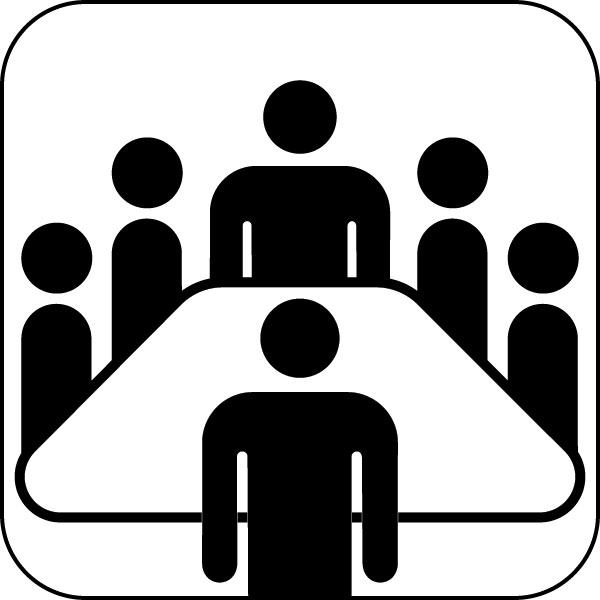Congestion-free cities?
With technology, they’re closer than you think
By Shaun Courtney November 7, 2014 Urbanful
Technology advances in everything from smart parking spaces to autonomous cars are poised to change the way our current transit systems operate, paving the way for congestion free cities—if policymakers can embrace new technology, that is.
“I think people have to understand there’s a lot of technology that’s happening–it’s not maybe going to happen. It’s already here,” said Gabe Klein, former head of transportation in Washington, D.C. and Chicago and current COO at Bridj, during an event benefiting the Coalition for Smarter Growth in D.C.
These new technologies may hold the key to addressing both current and future congestion problems in our cities.
Congestion Today
Smart growth organizations in the U.S. and across the world have long advocated for transportation policies that consider non-car users and prioritize alternative transportation. One of the reasons: a reduction in road congestions. By giving more people access to alternative transit, fewer people will choose to drive and that means fewer cars on the road.
In the U.S., half of all trips are three miles or less and 28 percent are one mile or less, according to Smart Growth America. Getting people out of their cars for these trips would reduce congestion and leave the roads to longer trips that might make more sense for driving.
The other thing that comes with those short trips is the inevitable search for parking. Donald Shoup, professor of urban planning at the University of California Los Angeles, estimated that in just one 15-block area in Los Angeles, cruising to find parking amounted to 950,000 miles and wasted an estimated 47,000 gallons of gasoline per year.
“When you have people driving around looking for parking, this adds to traffic congestion,” Shoup told Vox.
Yet leaders in even the more public transit-friendly cities like Washington, D.C. or progressive states like California continue to prioritize adding more roads rather than adding more alternative transportation options.
But the payoff isn’t great. Within five years of adding lane miles on state highways, between 60 and 70% of the additional road capacity was filled by new traffic, according to Smart Growth America.
Recently, the Metropolitan Washington Council of Governments approved a long-range transportation plan that included 1,200 lane miles of new highway, but just 44 miles of transit.
“More investment in transit, walking, and bicycling would do much more to reduce regional traffic than this road-heavy approach,” argued Stewart Schwartz, the executive director of pro-transit group the Coalition for Smarter Growth, in an interview with WAMU, the Washington, D.C. affiliate NPR station.
The congestion solutions of today involve adding more capacity to alternative transit options. The congestion solutions of tomorrow could be better managing the remaining vehicular traffic by creating policies that anticipate technological advances, like autonomous vehicles.
Technology on the Horizon
Some cities see the emergence of new technologies as an opportunity to learn and improve transit in the process.
Milton Keynes, a small city located about 45 miles northwest of London, England, is rolling out its Lutz (low carbon urban transport zone) Pathfinder program in late 2015 to test out three driverless, electric pod vehicles on city streets, the BBC reports.
If the Lutz Pathfinder test goes well, the city may order as many as 100 more such vehicles to be out on the streets by 2017, serving as taxis.
The future could be one in which autonomous vehicles share the road with driver-operated vehicles. The autonomous vehicles can communicate with each other and adjust routes in response to the flow of other cars. They can also drop you at your desired location, reducing the amount of time you spend circling the block looking for parking.
“Think about the autonomous car. If you have autonomous technology, that means that the car can function on its own. And vehicle to vehicle technology–that means that they can talk,” Klein said.
That means fewer traffic accidents, fewer pedestrian or cyclist collisions with vehicles and a more efficient use of the existing street grid.
Policy Opportunities
Klein pointed to the very real future of autonomous vehicles as a prime example of why cities should be embracing technology, not hiding from it.
Professor John Miles, a consultant who worked on the Milton Keynes project, told the BBC that fleets of autonomous vehicle technology will “completely transform” city transport and congestion.
“It used to be that cities were subjugated to the car but now we have the opportunity to do precisely the opposite – tailor our transport to fit our beautiful cities” Miles said.
Klein said he could see (admittedly very progressive) policymakers declaring that no one should be driving their cars in the city: instead, they would argue, autonomous technology should be exclusively used on motor vehicles within a city’s boundaries. So commuters crossing a bridge from Virginia would have to switch over control to their car once they cross the river into the District.
These are the sorts of future policies cities should be considering; the types of opportunities technology could present.
“Don’t be scared of change, because it’s going to happen. But if we get ready for it, we can set the policy,” Klein said.
In the U.S., half of all trips are three miles or less, and 28 percent are one mile or less.
In just one 15-block area in Los Angeles, cruising to find parking amounted to 950,000 miles and wasted an estimated 47,000 gallons of gasoline per year.
Within five years of adding lane miles on state highways, between 60 and 70% of the additional road capacity was filled by new traffic.
Recently, metropolitan Washington approved a long-range transportation plan that included 1,200 lane miles of new highway, but just 44 miles of transit.
A small city located northwest of London, England, is rolling out its Lutz (low carbon urban transport zone).
Next monthly meeting on
Monday, December 14th at-5:00 PM
Powell's Bookstore
Halsted and Roosevelt
800 W, 1200 S



